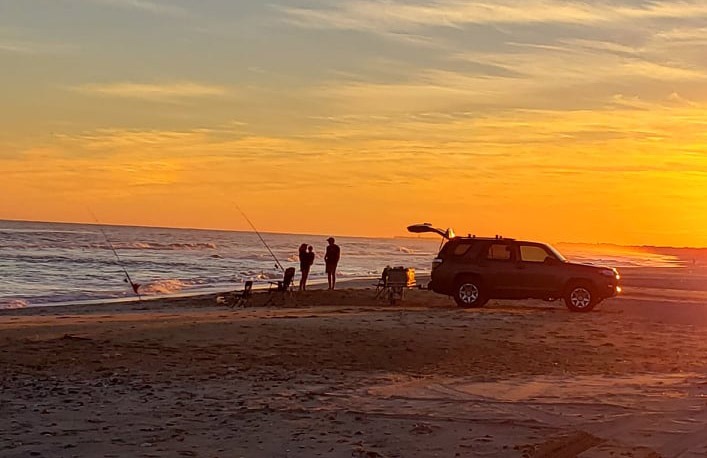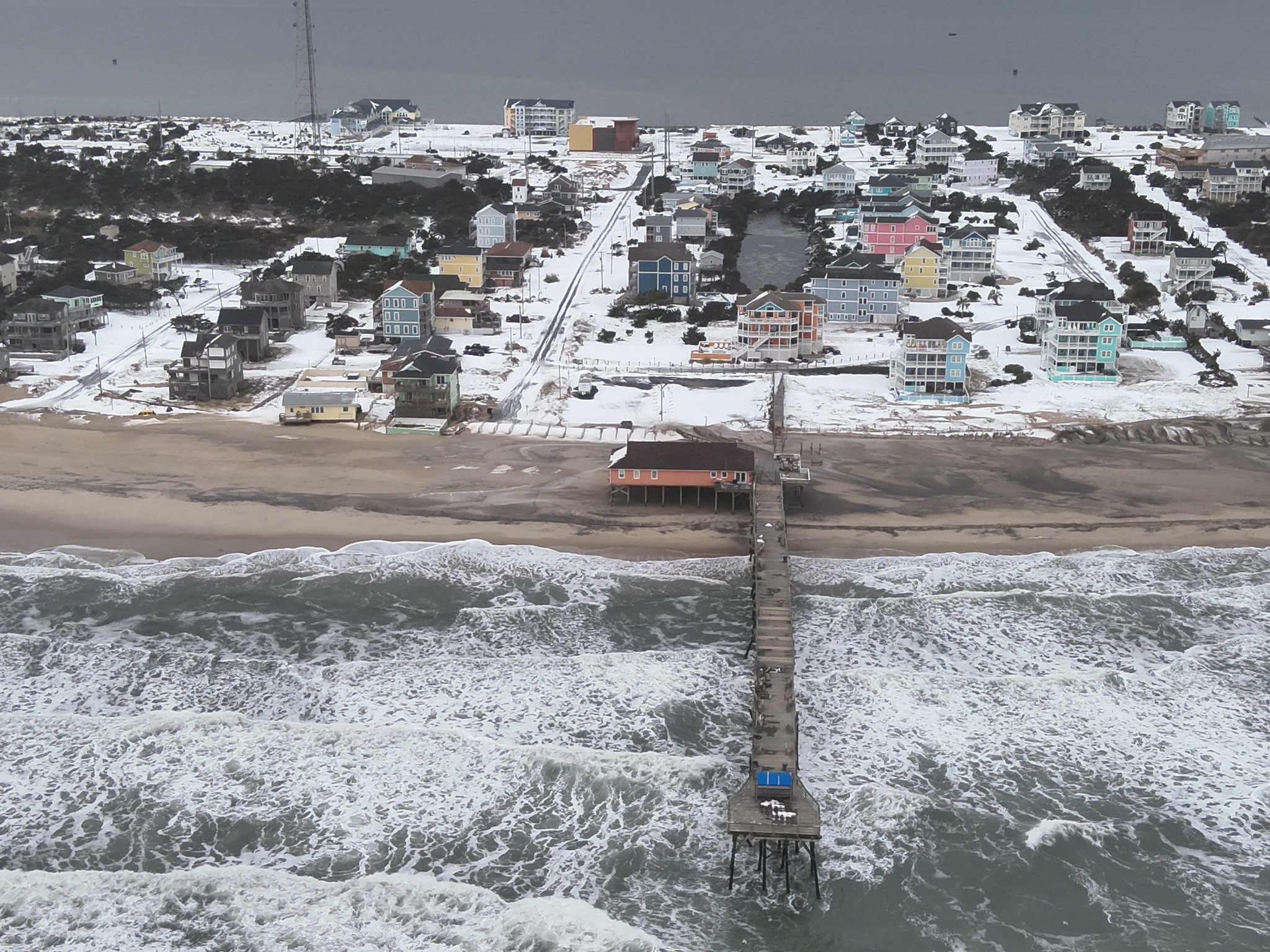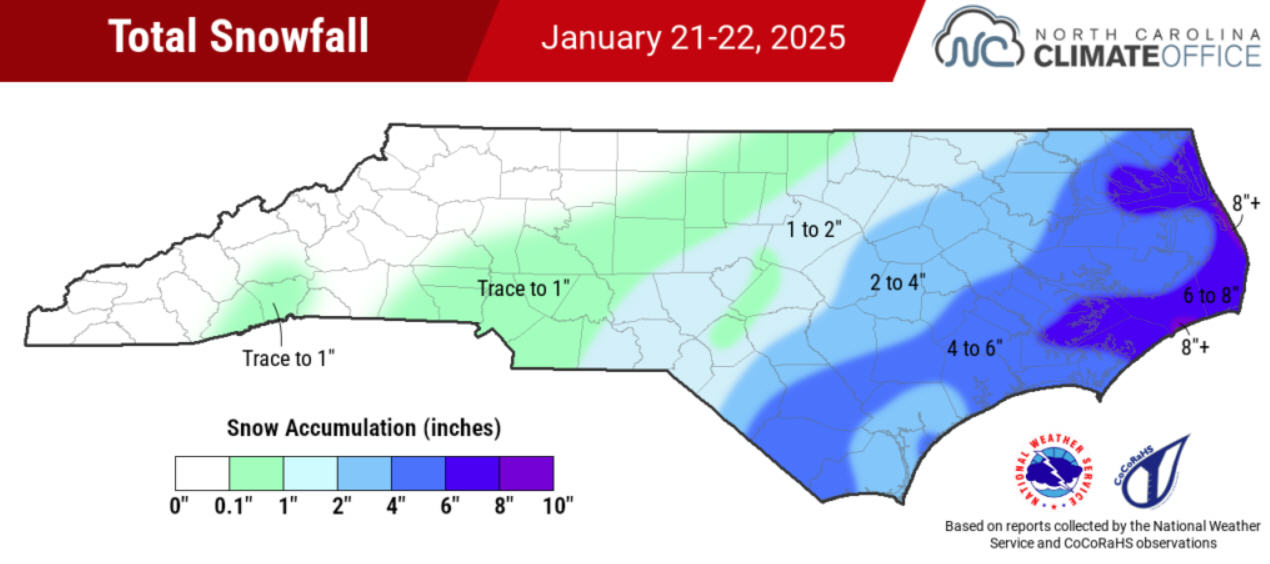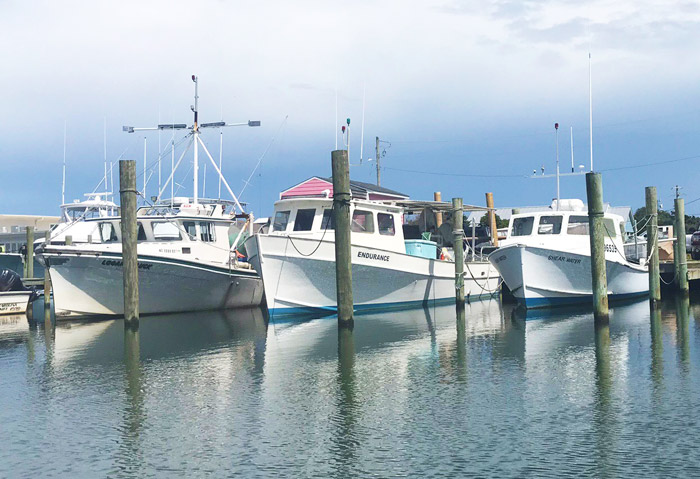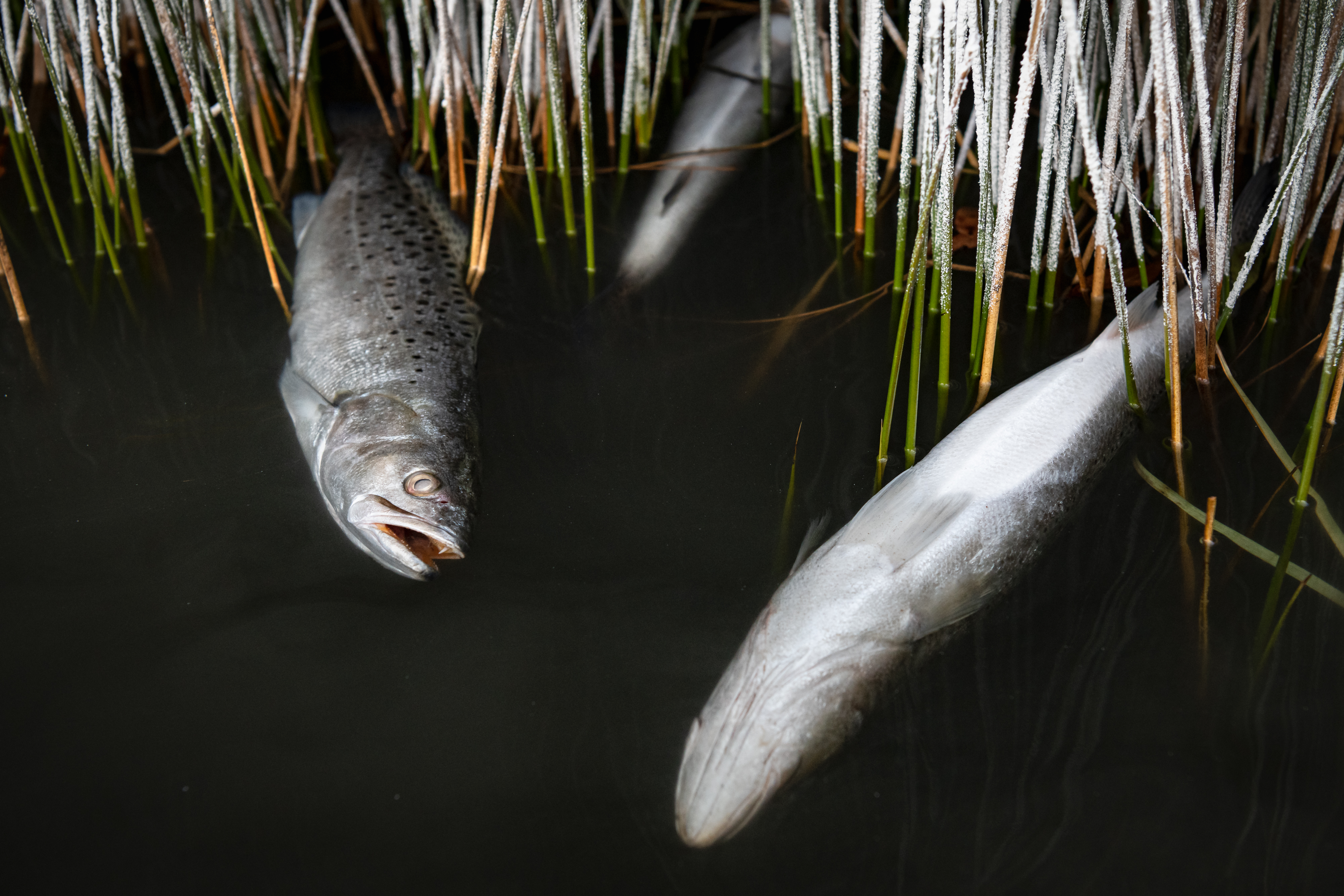UPDATE: Large-mesh gill net fishery reopens, but with tighter regulations By JORDAN TOMBERLIN

On Tuesday, Oct. 10, the North Carolina Division of Marine Fisheries issued a proclamation re-opening the Pamlico Sound large-mesh gill net fishery, which had been closed on Sept. 26 because of four observed interactions between federally protected sea turtles and fishing nets.
According to a statement released by the North Carolina Department of Environmental and Natural Resources (NCDENR), the fishery will re-open on Monday, Oct. 15, with additional time restrictions.
“Basically,” said Chris Batsavage, chief of the Protected Resources Section at NCDENR, “we talked to National Marine Fisheries and decided that…with the takes we had left over, we could still operate [the fishery].”
Essentially, the fishery will return to the allowable catch numbers outlined in the 2010 limited take permit application—which allowed for a greater number of interactions with Kemp’s ridley turtles—rather than the catch numbers outlined in the revised application, which was submitted on Sept. 6, 2012.
But what fishermen are getting in allowable takes, they are paying for in hours of access.
In an effort to allow access to the fishery while still protecting what appears to be a greater number of sea turtles in the sound — last year there were no observed interactions at all — the already highly-monitored fishery will reopen with some new and very specific time restrictions.
First, fishing will be permitted only on Monday, Tuesday, Wednesday, and Thursday.
Second, fishermen will only be allowed to soak their nets overnight, which means that they cannot set their nets until one hour before sunset and they must have their nets out of the water by one hour past sunrise.
According to Batsavage, these provisions are aimed at limiting the turtles’ exposure to nets—particularly during the day, when turtles are more active, more likely to get caught in nets, and, subsequently, more likely to die.
On the one hand, this is good news.
The fishery can be still be closed if observed interactions exceed the allowable number, and these measures to limit interactions could, in theory, prolong the life of the fishery—especially considering that the allowable number of dead turtles is considerably lower than the allowable number of live turtles.
“One more dead Kemp’s ridley could potentially shut it down,” Batsavage said.
Because of the extrapolation process used to determine the number of interactions, Batsavage said that the impact of such an event would depend on the amount of observer coverage.
He added that, for their part, “[Marine Fisheries] is going to do everything we can to maintain or exceed the requirements for observer coverage.”
On a somewhat less comforting note, regulators aim for 10 percent coverage, and they’re only required to have seven observers. At 10 percent coverage, one dead Kemp’s ridley is 10 dead Kemp’s ridleys, and 10 dead Kemp’s ridleys is a problem.
With that in mind, it seems sensible to take measures to limit the number of potential interactions—lest one of them be one too many.
Unfortunately, there is an ugly flip side to that coin—the fact that these restrictions will not only make it much harder and more dangerous for fishermen to work, but they will also make flounder fishing a much less profitable venture.
The provision for an overnight-only soak will mean that each day they can fish, fishermen will be returning from setting their nets after dark and will be leaving well before sunrise the following morning to retrieve them.
“That makes it a lot more dangerous for the fishermen,” said Steve Bailey, owner of Risky Business seafood and a Hatteras waterman.
On top of that, because of the four-days-per-week and overnight soak restrictions, the rest of this flounder season will likely produce nominal economic gains for fishermen.
“Before, I could set 2,000 yards of net and leave them out all day,” said Steve Bailey. “But if they have to be up an hour after sunrise, you can’t fish as much net…800 yards would be the maximum that I could set.”
Obviously, fishing 60 percent less net for roughly half as many hours each day will almost certainly result in fewer fish.
Compound that by the fact that fishermen will be operating on a mandatory four-day workweek—assuming that conditions allow them to fish each of those four days—and it seems unlikely that fishermen will be able to recoup even half of what they would have made under the original regulations.
Still, though. They get to fish, and they’re happy about that.
“It’s a drop in the bucket,” Bailey said, “but it’s better than nothing.”



